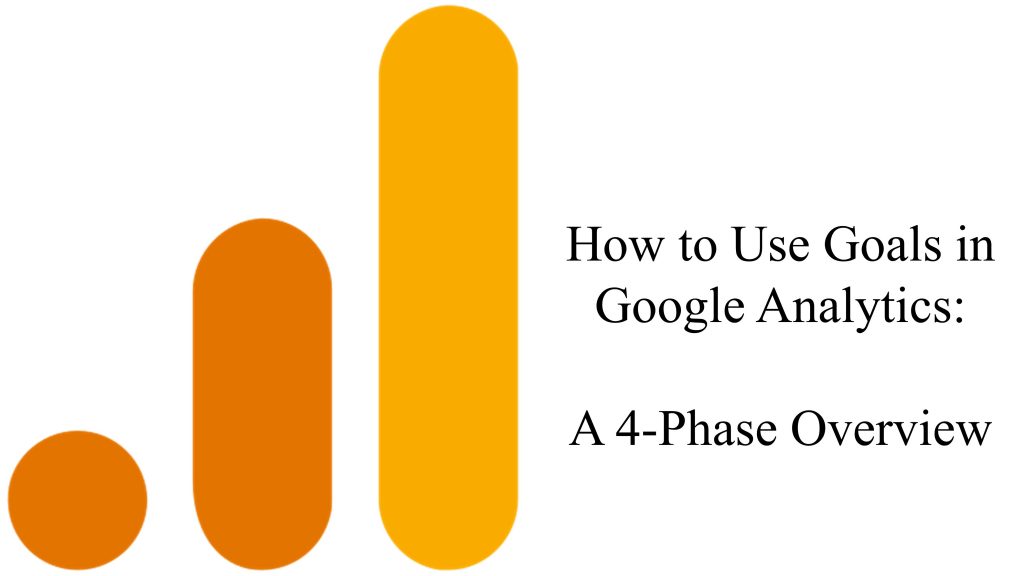
When it comes to showing a beginner how to use Google Analytics’ goals, an overview is in order, and here, I’ll give you a good, 4-phase overview of the learning process.
So, yesterday (November 29th, 2021), the Google Analytics Twitter channel had a tweet:
That tweet links to an article by Melanie Evans on Pearl Lemon, titled Which Goals Are Available in Google Analytics? A Simple Guide.
That article talks about 4 types of goals:
I don’t call these the 4 “steps” because, in each phase, there may be numerous steps, which is why an overview is in order.
Phase 1: Which Goals Are Important to You?
First, even before you know which goals are available (which I know I touched on above), you have to know which goals are important to you.
That’s because you first have to know where you want to go before you can know which tools you need to get there.
Phase 2: Know Which Goals Are Available to You In Google Analytics
This is where the article that I linked to above would prove useful: Which Goals Are Available in Google Analytics? A Simple Guide.
Phase 3: Select What’s Important From What’s Available
If a platform doesn’t have a goal you want, in the way you want it, you can look elsewhere.
Yes, Google Analytics is a treasure trove of data, and to be honest, if you’re really willing to spend the time and resources to get to know it, you can probably find (or improvise) goals that were previously unseen to you.
But an easier way to do that might be to go the blended route.
What do I mean by that?
Basically, blended data are data that are gathered from different sources, or via different channels, and put together in a way that allows you to see a bigger picture.
You can blend data by using a combination of different Google platforms, such as Google Search Console, Google Analytics, and others.
For more information about blended data, you can see my article, titled, Google Data Studio: Google Tweets New Article on Blended Data Sources.
Phase 4: If Your Platform Doesn’t Offer the Data (and Goals) You Want, Look Elsewhere
If you’re beginning with goals in Google Analytics, or you’re in a smaller enterprise, you may not even have to proceed with this phase.
That said, I just wanted to mention it here as something to think of for the future.
Your business might grow bigger than what some platforms can offer. In that case, it may be good to look for other analytics platforms, or even build your own.
Until then, what I’ve provided here is a good foundation for beginners who are new to goals in Google Analytics.
Source: Google Analytics Twitter channel